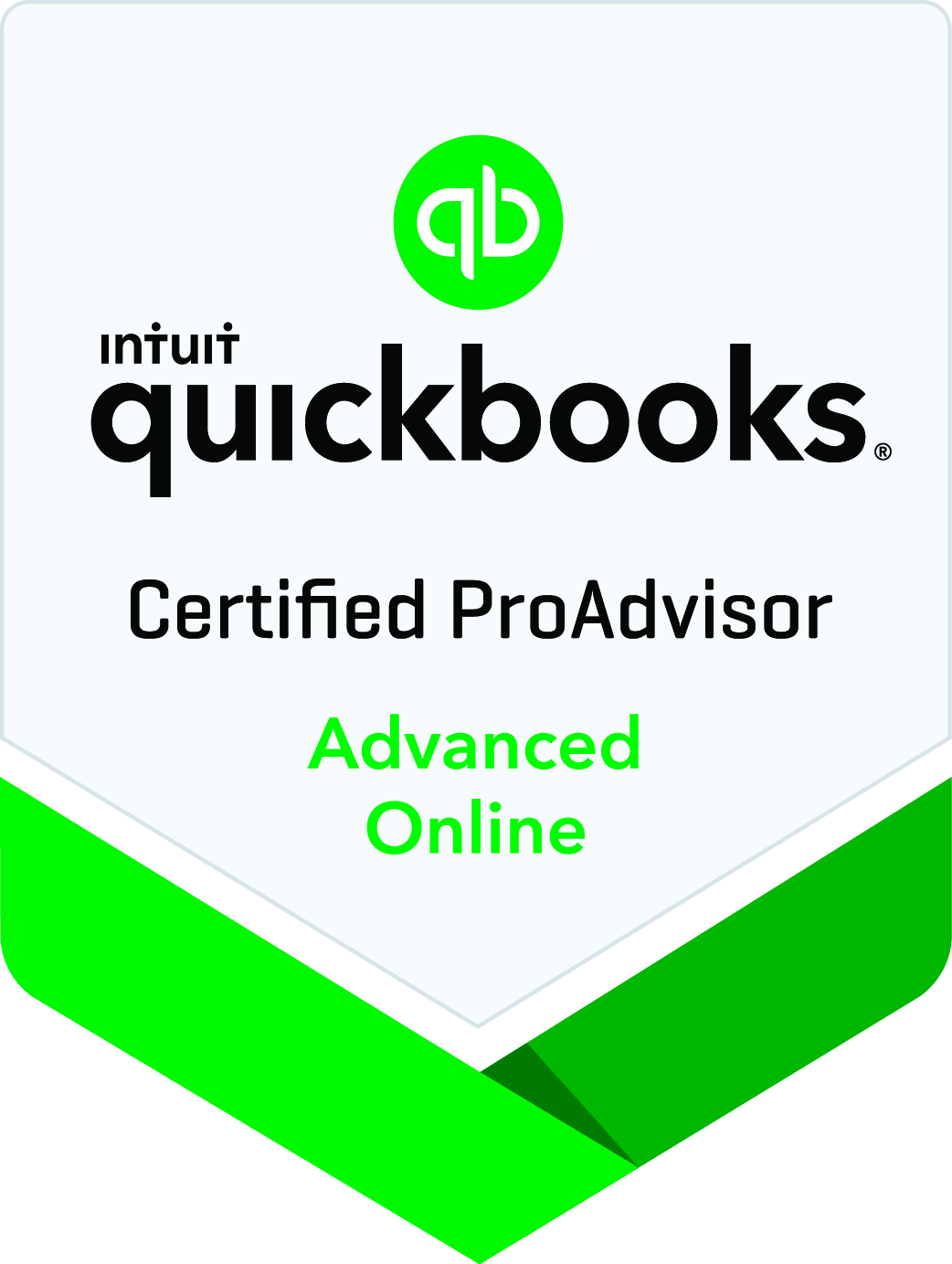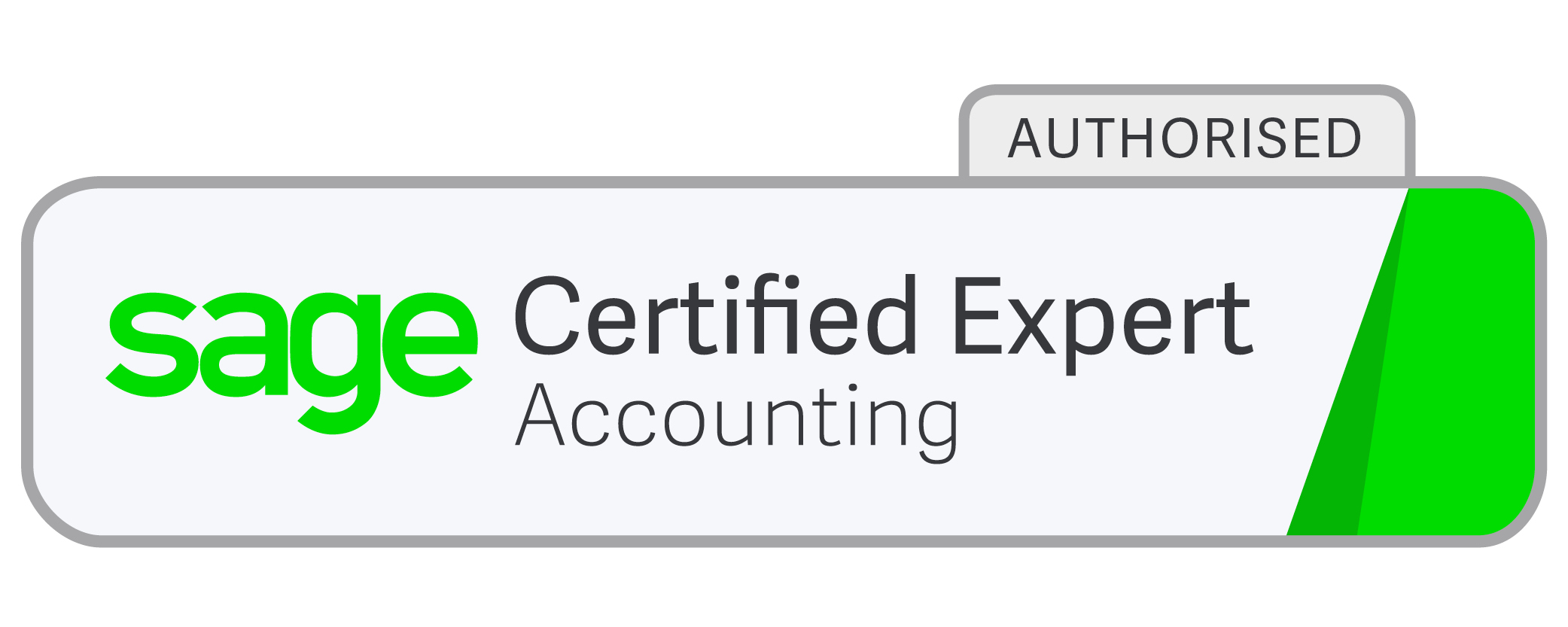Automatic enrolment for pensions
Newsletter issue - May 2017.
To encourage workers to start building up retirement benefits, the Pensions Act 2008 introduced certain reforms requiring all employers to offer workplace pension schemes and to enrol eligible workers into their schemes. These reforms are commonly known as the 'automatic enrolment' provisions. Automatic enrolment is currently being phased in, starting with the largest UK employers - eligible employees should have been enrolled by 1 February 2018 at the latest. By October 2018, all existing employers will be required to offer workplace pensions to eligible workers.
Broadly, 'eligible workers' are workers who:
- are aged between 22 and state pension age;
- earn over the earnings threshold, which is currently £10,000 a year; and
- work, or ordinarily work, in the UK and have a contract of employment, or who have a contract to provide work and/or services personally.
The minimum total contributions under automatic enrolment have been set down by the government and are set to increase between now and April 2019. Employers must pay some of the minimum total contribution, but where the employer does not pay the whole of the minimum total contribution, the employee will need to make up some of the difference. Tax relief will be due on contributions, and even those who do not earn enough to pay income tax will generally be able to obtain tax relief on their contributions when they are added to the scheme pension pot.
The minimum total contribution to the scheme is usually based on 'qualifying earnings'. This is broadly calculated as earnings from employment (which can include wages, salary, commission and bonuses), before income tax and National Insurance contributions is deducted, that fall between the lower and upper earnings limits that have been set by the government (currently £5,876 and £45,000 respectively for 2017/18).
If the employer decides to pay only the minimum amount, the minimum total contribution, as a percentage of qualifying earnings is worked out as follows:
- the employer pays: 1.0% of qualifying earnings until 6 April 2018, rising to 2.0% until 6 April 2019, then rising to 3.0%;
- the employee pays: 0.8% of qualifying earnings until 6 April 2018, rising to 2.4% until 6 April 2019, then rising to 4.0%;
- tax relief: the government adds tax relief of 0.2% of qualifying earnings until 6 April 2018, rising to 0.6% until 6 April 2019, then rising to 1.0%;
- total contributions will therefore be 2.0% of qualifying earnings until 6 April 2018, rising to 5.0% until 6 April 2019, then rising to 8.0%.
The employer may choose to base contributions on the employee's 'pensionable pay', rather than 'qualifying earnings'. This is most likely to be the case where the employer provided a workplace pension scheme before the introduction of automatic enrolment. 'Pensionable pay' will be defined by the rules of the pension scheme. Typically, pensionable pay is basic salary, not including, elements of earnings such as commission, bonuses and overtime.
Example
John's employer offers a workplace pension scheme under the automatic enrolment provisions and agrees to pay in the minimum total contributions required. John's current annual salary is £25,000 per annum (2017/18). His qualifying earnings are therefore £25,000 - £5,876 = £19,124 per year.
- John's employer will pay £191.24 (1% of qualifying earnings)
- John will pay £153.00 (0.8% of qualifying earnings)
- Tax relief is due on the 'grossed up' value of John's contributions (at the 20% basic rate), which equates to £38.25 (£153 x 100/80 = £191.25 x 20%)
- Total contribution to pension scheme is therefore £382.49.
Practical Tip
The Pensions Regulator website provides further guidance on automatic enrolment and includes a staging date calculator, which can be used by employers to check their staging date.
 Cookies are small text files that are stored on your computer when you visit a website. They are mainly used as a way of improving the website functionalities or to provide more advanced statistical data.
Cookies are small text files that are stored on your computer when you visit a website. They are mainly used as a way of improving the website functionalities or to provide more advanced statistical data.



















